Рено за Бразилия
Нико Хюлкенберг:
What do you make of the Brazilian Grand Prix?
It’s very special for me and one of my favourite places and races on the calendar. Sao Paulo is a crazy city and there’s something I really like about it. The food, the people, it’s all really engaging and a highly unique experience.
How do you rate the track?
The track itself has so much history especially when you cast your mind to all the stories and championships won there. You can feel the history and the emotions that belong to racing and I really like that. It’s a reason why I usually perform quite well there. The circuit is short and can be quite tricky to get right. It’s anti-clockwise, very bumpy and extremely tough on the neck! It’s all about confidence, especially the in-field middle sector.
Why do you think you go well in Brazil?
I have special memories around Interlagos! My only Formula 1 pole position to date came in my rookie season, which was awesome. I put a perfect lap together at the right time in changing conditions and poled it by over a second; that’s a real standout moment in my entire racing career. In 2012, I led for a large part of the race and was unlucky not to get a podium. I have a decent record there and I will be pushing to make sure I continue that.
How do you reflect on Mexico?
Mexico was a good weekend, sadly without a happy ending! We qualified well, and I got a good start in the race to be running in fourth position. Sadly, that wasn’t to last and it was an early bath for me. We missed out on some points, which is always disappointing, but we’ll start over again.
Карлос Сайнц: What do you think of Brazil?
The track is obviously nice and you can still feel the vibe from Ayrton Senna all around. He’s still very much in people’s hearts, which makes it very special. In actual fact, it’s not a track layout I particularly enjoy, but it’s one of those historical places in Formula 1 where you race. There are a lot of stories in Brazil and lots of championships have been won there. The Brazilian culture is pretty eclectic, and, in terms of food, it’s probably my favourite destination on the calendar.
What are your personal Interlagos memories?
I had a good race there last year and it was one of my most complete Grands Prix. I was fifteenth in qualifying – two seconds off the top guys - and suddenly I was racing against them in the rain! We were back alive on race day, we got the strategy right and it paid off. We did a decent job and it was a very enjoyable Sunday capped off with eight points.
How’s Interlagos to drive?
The track is old school and challenging to get right, especially the twisty in-field which features some changes in elevation. The weather usually throws up some surprises; it can be nice and very warm and then it will switch to thunderstorms. The secret is adapting quickly to the weather and finding a well-balanced car which is suited to both wet and dry conditions.
What are your post-Grand Prix feelings from Mexico?
Mexico was difficult, I had a high-speed spin early on in the race which hampered my running. After the last few races, I think we have a car that can be in the top ten. We need to keep both cars on track and aim for points again in Brazil. We need to fightback.
Ник Честър: What are the main challenges of Interlagos?
It’s a track with three interesting and contrasting sectors. The first sector is fairly quick with medium to high speed corners and a short straight which enables DRS overtaking opportunities. The middle sector is very twisty, which should play to the strengths of the R.S.17 pretty well. The lap is capped-off with a big drag up the hill and the long straight. It’s an interesting layout sat at a relatively high altitude. Both drivers should perform well there in the R.S.17.
Interlagos was once the highest on the calendar, is it still a challenge after the giddy heights of Mexico?
Despite the reasonably high altitude of Sao Paulo, Mexico City trounces it. Instead of being 25% down on air density as we are in Mexico, we’ll be down only by around 10% which is much, much easier to manage. We’re not expecting too many dramas to control temperatures and there will be a range of set-ups for us to try out. It’s not a full downforce track like Monaco or Hungary but there are a range of aero set-ups for us to try.
Dare we mention the weather?
The weather can be quite exciting there and is always a bit of an uncertainty. Notably, there have been four wet races in the past nine years at Interlagos. We haven’t had many wet races this year, so certainly there’s some scope for interest. We’ll be well prepared for any eventuality.
What are your thoughts on Carlos’s first two races with the team?
Carlos has been very good. He had a fantastic race in Austin, he works with the team brilliantly, qualifies well and I think he’s done a great job so far. Mexico was tricky with low grip, particularly in the wake of other cars, which led to the spin in the race.
How’s progress with next year’s car?
We’re making strong progress at Enstone and it’s where our focus lies. It’s a completely new car despite a relatively low number of regulation changes. We’ve learnt a lot on the aerodynamic package and the balance of a car built to 2017 regulations, so the car should represent a strong step forward. We’ll be doing some aero runs in practice in Brazil with a variety of aero instrumentation to help prepare the 2018 package.
Сирил Абитбул: In the wake of challenging back-to-back races for the team, the Brazilian Grand Prix is already looming. Interlagos is a legendary circuit that often makes for an unpredictable race in front of many excited fans. The weather often plays an important role, but come rain or shine, we are confident in the positive qualities of both our drivers and the R.S.17. The enthusiasm of the fans is always enjoyable to see and hear; in so many regards it is a very fine Grand Prix.
For its part, the Mexican Grand Prix was particularly difficult with a number of unacceptable mechanical problems and we have the clear intention to take fast and strong measures. The particularities of Mexico accentuated our weaknesses, but clearly we have not been successful in balancing performance and reliability.
The performance of our engine has progressed a lot this year as the results in the race attest; we now have to find reliability, for both us and our customers, even if Max won magnificently in Mexico.
The team remains confident and united, which is essential to maintain progress to the end of the season, and also for our preparations for 2018. We have the means; our organisation is stable, robust and competent.
This season we set ourselves the goal of fifth in the Constructors’ Championship. Whilst achieving this is still mathematically possible, it is now a tall order after a race where we didn’t score points.
Mexico highlighted our performance potential. Both cars sadly retired, however the two cars reached Q3 and lined up seventh and eighth on the grid and were in fourth and fifth at the end of the first lap. Points were clearly within our reach.
There are now two Grands Prix remaining. We will do everything we can to be sixth at the end of the weekend.
Finally, as in Mexico, we will display our concept of the Future of F1 with the R.S.2027 Vision, which was revealed earlier this year at the Shanghai Motor Show. It will be presented to the Brazilian media with, I am sure, the same success.


















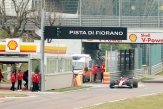
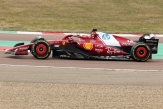
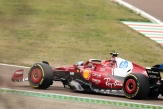
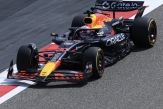
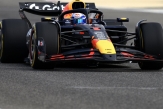
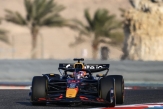

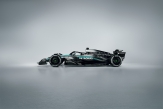
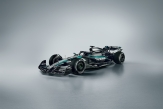
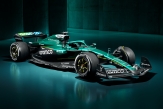
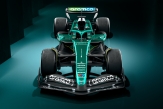
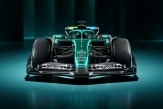
.jpg)
.jpg)
.jpg)

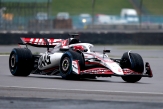

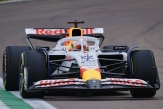
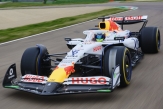
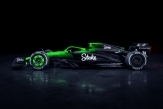
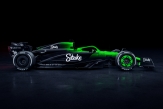

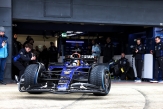
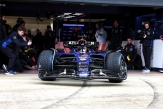
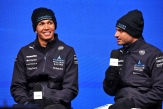

02/12/2025 от Огнян Тенчев (drJeckyll), няма коментари